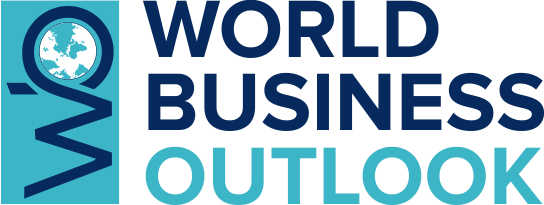Gold Surpasses $2,900 per Ounce: A Historic Surge Driven by Chinese Investments and Economic Uncertainty

Gold prices have reached an all-time high, surpassing the $2,900 per ounce mark for the first time in history. This unprecedented rise comes as China launches a pilot program allowing insurance companies to invest in gold, unlocking billions of dollars for the precious metals market. The surge is further fueled by escalating global trade tensions and growing demand for safe-haven assets amid economic uncertainty.

Gold’s Historic Breakthrough
In spot trading, gold soared by 1.5%, surpassing $2,900 per ounce by 09:47 GMT, after hitting an all-time high of $2,903 earlier in the session. This marks the seventh record high for gold this year alone. The metal has gained nearly 40% since the end of 2023, reflecting increasing economic and geopolitical risks during President Donald Trump's second term.
According to market reports, China's new investment program allows major insurance firms to allocate up to 1% of their assets to gold. This move is expected to inject approximately 200 billion yuan ($27.4 billion) into the gold market. While this influx of capital is driving prices higher, it also raises concerns about affordability for Chinese investors who may find gold becoming increasingly expensive.
Investment Trends and Market Impact
Analysts suggest that insurance companies face limited investment options that offer stable, long-term returns. With strong sales of savings products increasing their financial obligations, these firms are searching for assets that align with their commitments. Gold, now approved as an investment vehicle, represents a strategic addition to their portfolios.
China's regulatory framework traditionally restricts insurance firms to investments with stable cash yields, imposing limits on holdings in bonds and equities. The introduction of gold as an investment option signifies a shift in market dynamics, potentially reshaping long-term asset allocation strategies.
Trade Wars and Inflationary Pressures
The ongoing global trade conflict is another key factor driving gold prices higher. The announcement of new tariffs by the U.S. administration has heightened inflationary concerns and fueled uncertainty in financial markets. Recent policy statements indicate an increase in tariffs on steel and aluminum imports to the United States, escalating tensions with trading partners worldwide.
Market analysts expect gold to continue its upward trajectory, with projections suggesting a potential move toward the $3,000 mark. The Federal Reserve has also acknowledged uncertainty surrounding economic policies and inflation trends, reinforcing the attractiveness of gold as a hedge against financial instability.
Future Outlook for Gold Prices
Gold has historically been a preferred asset in times of economic turbulence. However, the impact of interest rate policies remains a crucial factor. Rising interest rates tend to reduce gold’s appeal, as the metal does not generate interest income. Yet, unless there is a significant strengthening of the U.S. dollar, the current bullish trend in gold prices appears likely to persist.
With sustained demand from institutional investors and ongoing geopolitical uncertainties, gold may continue to set new records in the coming months. The evolving economic landscape, coupled with shifting investment strategies, underscores gold's enduring role as a safe-haven asset in an increasingly volatile market.
























